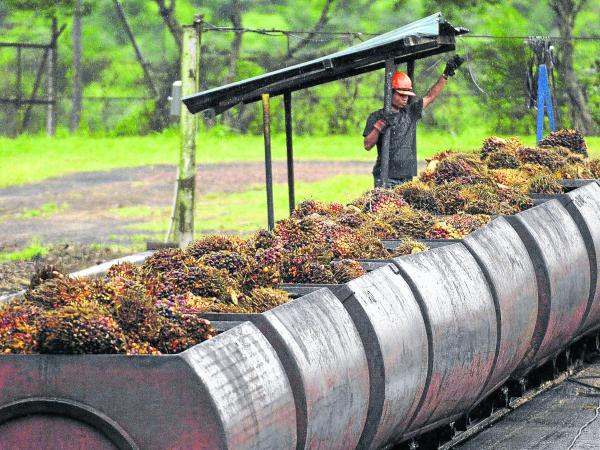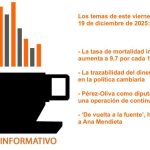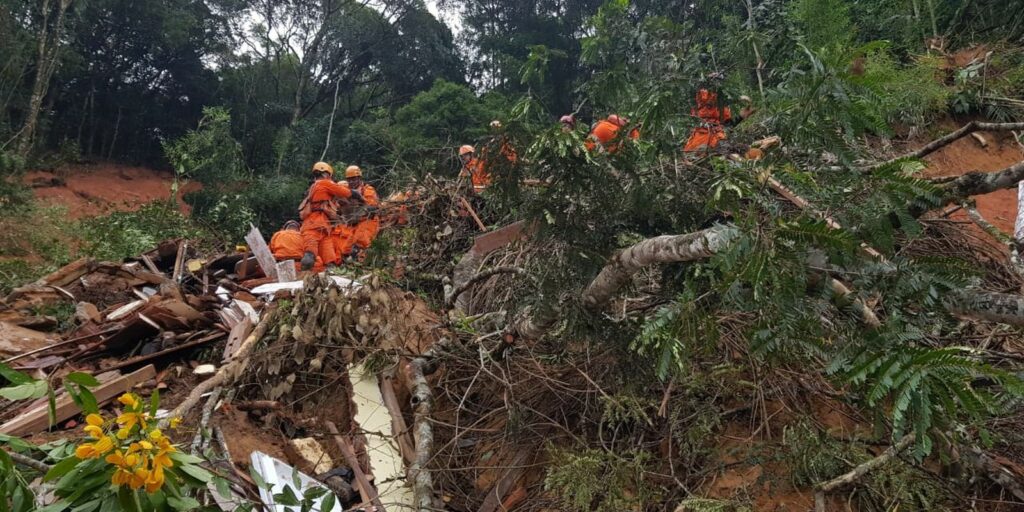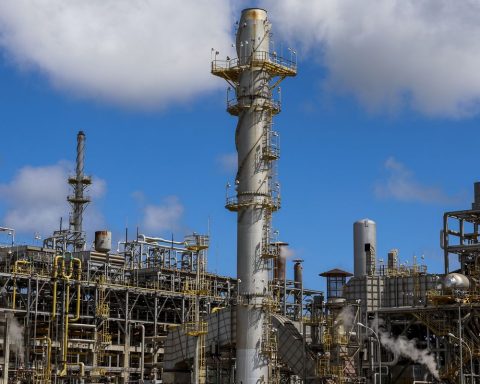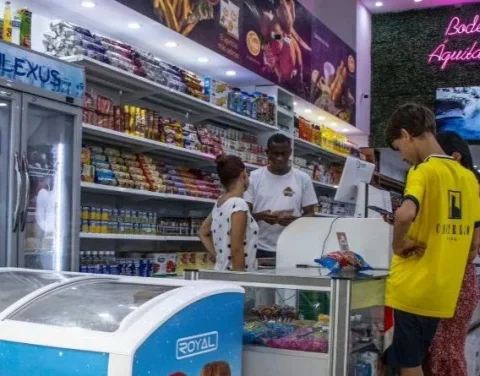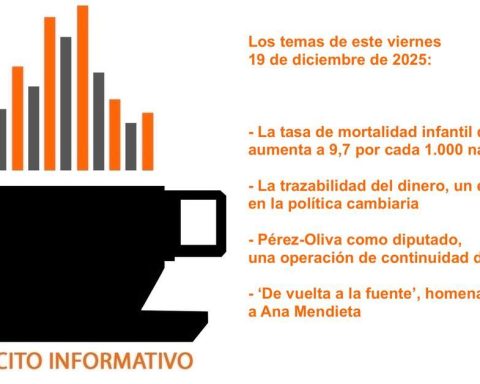The palm sector ended with a good balance in 2022. According to figures provided by Nicolás Pérez, executive president of Fedepalmathe sector closed the 2021 production with 1.77 million tons of crude oil. “This is the highest figure recorded in the country’s palm history,” he noted.
According to the manager, contrary to other agricultural crops, “The La Niña phenomenon benefited the palm since the rains were well distributed in the palm-growing areas, which improved the distribution of water.”
(Palmeros spoke about opportunities for high oleic palm oil).
Additionally, the sector expects for this 2023 close with a production of 1.8 million tons of crude palm oiltaking into account the good behavior of prices and the benefits of La Niña in the country.
“Today we are the second largest crop in Colombia after coffee. We have almost 600,000 hectares that are divided into four palm-growing areas. The main and largest is the eastern and the second is the central. Our new expansion front is in Norte de Santander and Catatumbo, where we are betting on the sector as an alternative to combat illicit crops”, assured the president of Fedepalma.
It should be noted that the value of the harvest last year it was $10 billion, the result of the good performance of the sector and care of palm crops.
Looking at local consumption, this represents 1.3 million tons of crude palm oil (74%), which translates into products for human and animal use and even as an energy generator, with its biodiesel section.
It should be noted that biodiesel last year it meant about 44% of sales in the local market.
(Palm oil producers denounce smear campaign).
Regarding exports, international sales of crude palm oil reached US$1 billion in 2022, cEstablishing itself as the main non-traditional export and occupying fourth place in foreign trade with a weight of 8.6%, within agricultural exports.
Additionally, Pérez indicated that the European market is positioned as the most relevant in foreign sales, taking into account that half of these are distributed in the Netherlands (26%), Spain (13%) and Italy (10%).
The Fedepalma manager, on the other hand, mentioned that sales have strengthened in Brazil (20%) and Mexico (14%) “which are countries that produce vegetable oils, but with deficient standards. This has allowed the presence of Colombian palm oil in these countries”.
(Palm growers defend themselves against market punishment).
According to Nicolás Pérez, president of Fedepalma, the sector is betting on sustainability programs and the generation of new business opportunities that can be translated into circular economy programs.
Additionally, 30% of Colombian crude palm oil production is certified under sustainable standards. What has led to the incentive in programs in the matter.
“TO By 2025 we hope to have half of the producers certified in sustainability programs”, Perez pointed out.
Additionally, in terms of income for palm producers, the executive indicated that the sector has promoted that producing families have between 8 and 10 hectares, since according to union estimates, these would have an income of 3.5 monthly minimum wages.
“We want this to be a crop associated with the profession and activities and not for it to be for subsistence,” he said.
BRIEFCASE
